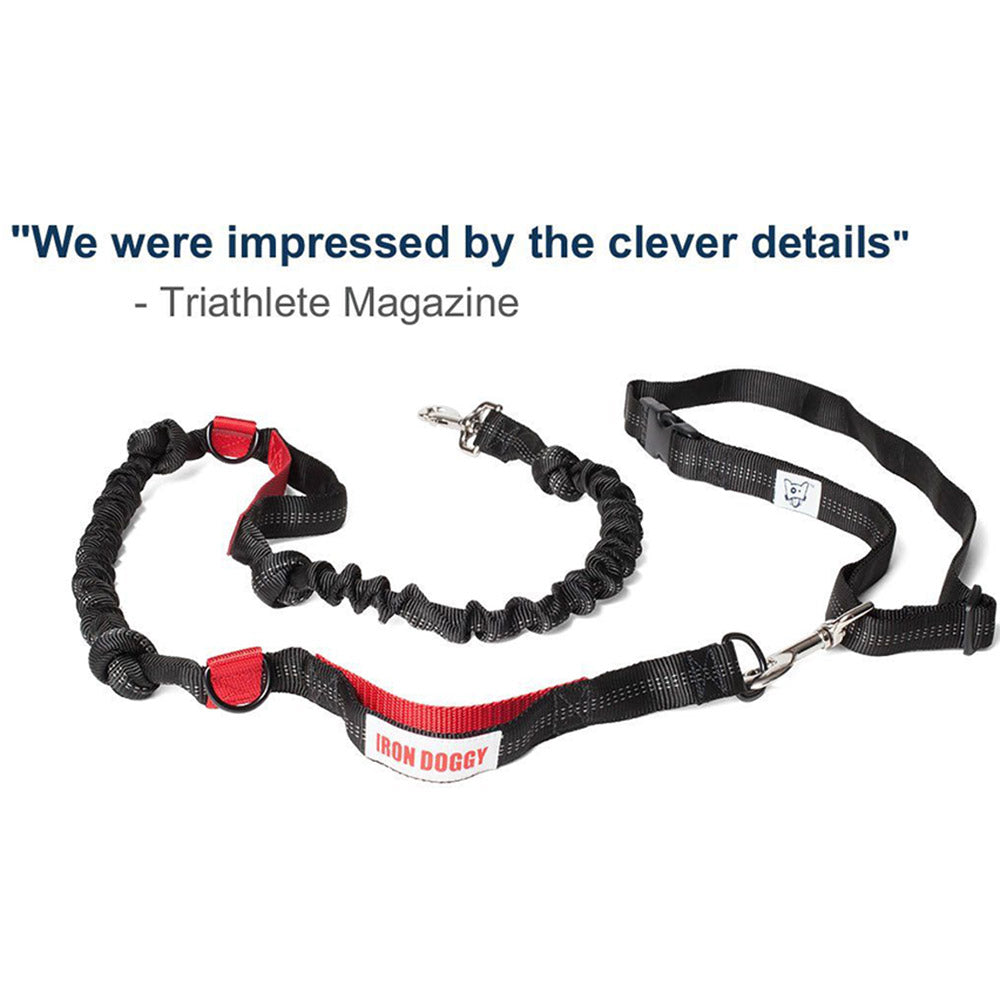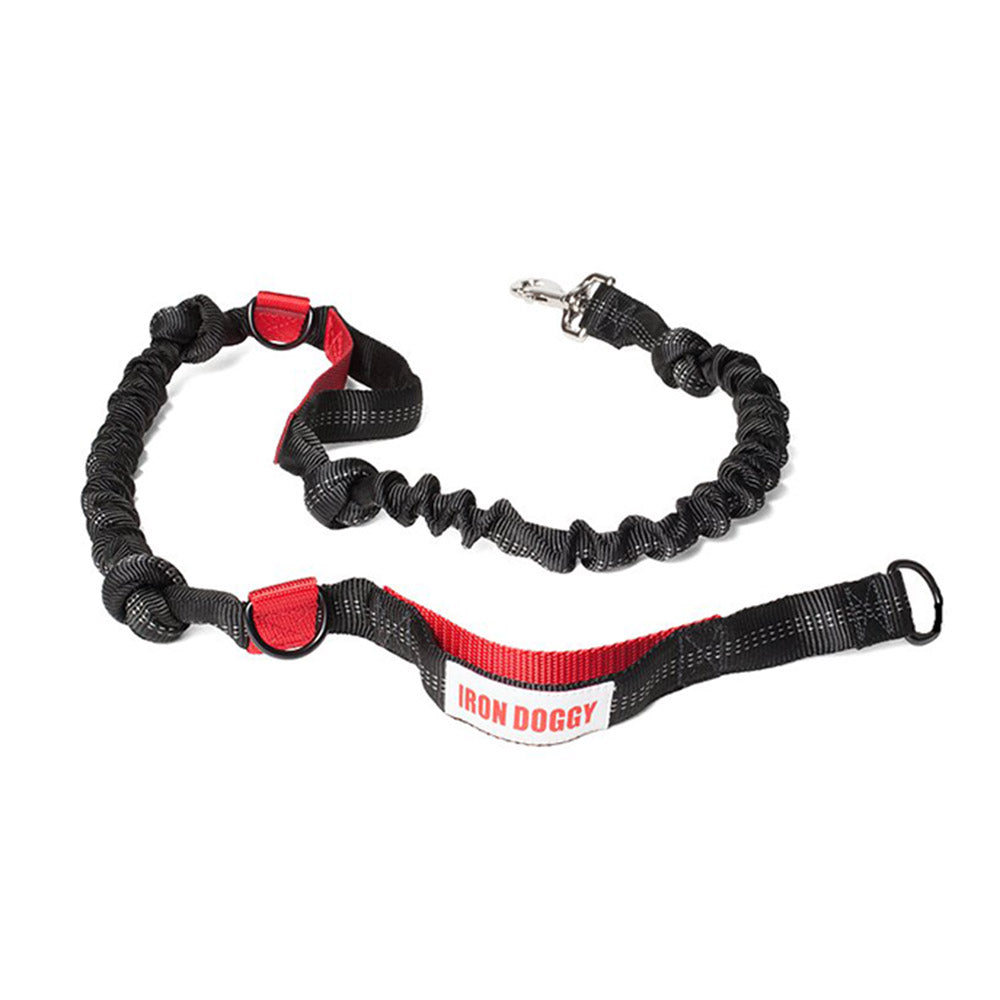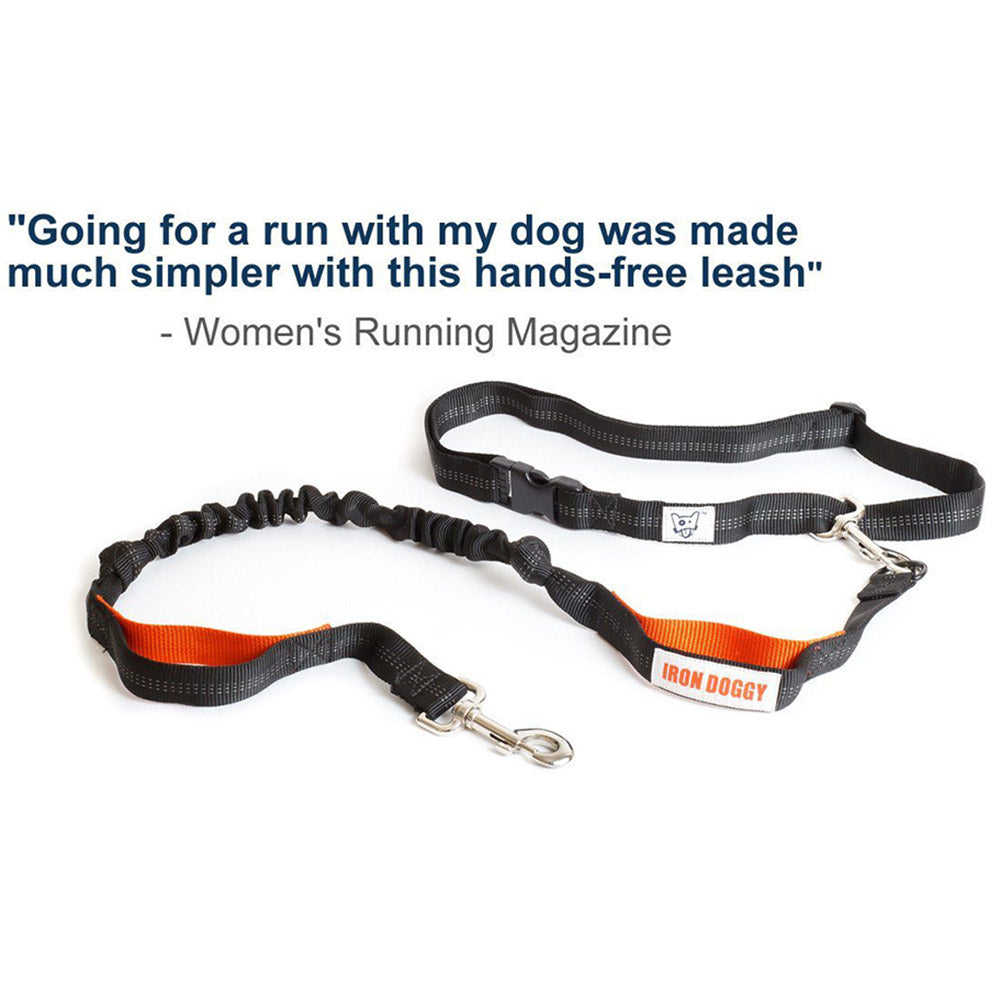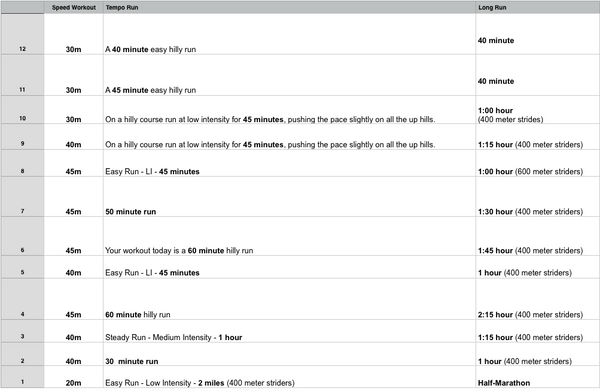
It was around this time last year that we decided to step up our fitness by training for a half-marathon. We’ve been around the block enough to know that signing up and paying for an organized run increases the odds that we will get into the “new year’s resolution” kind of shape that we’ve envisioned. What we didn’t anticipate was how much our dog Zola was going to help with our training.
Our running partner was born to run.
We knew her genes made her take this "running job" very seriously and pull very hard. Training with her for a half-marathon proved that she can easily run longer distances. She really wants to run and even pushed us to run faster. To keep her pulling in check, and to ensure that we maintained proper running form, we ran with the Runner's Choice hands-free dog leash.
Our running partner was born to run.
We knew her genes made her take this "running job" very seriously and pull very hard. Training with her for a half-marathon proved that she can easily run longer distances. She really wants to run and even pushed us to run faster. To keep her pulling in check, and to ensure that we maintained proper running form, we ran with the Runner's Choice hands-free dog leash.
Building our dog's training base kept us from training too hard too early.
Nothing crushes your fitness goals quicker than an injury early in the season. The best way to prevent this, and to ensure that you can handle the rigors of endurance training, is to start easy, and gradually build your distance. We reverse-engineered our half-marathon training program from the planned race date. That told us the distances we should be able to run in the first weeks of the half-marathon training, and how many weeks we had to work up to that target distance. Here's the deceivingly easy training plan that we used for the half-marathon training.
To prepare for this, we first trained for a 5K and then a 10K during the winter and early spring. It was easy going, extremely doable, and by the time we started the half-marathon training we knew for certain that all three of us were in the right shape to start increasing our miles.
Early morning runs kept our dog out of the heat and kept us from procrastinating.
One of our biggest concerns for our dog was that the summer heat in Colorado would prevent her from running with us. The dangers of heat exhaustion and dehydration are well known. The challenge when running with a dog is that they can't tell you when they are too hot or thirsty, so it's up to you to manage it. Our solution was to start our runs at 6 am, while the air and ground were still cool.
I thought that this would be a bit of a nightmare, getting up earlier than normal and running before consuming a full pot of coffee. It turned out to be just fine and had a bit of silver lining - by getting the runs finished first thing in the morning, life didn't get in the way of a single training run. We just got up and did it, procrastination be damned.
Tracking our dog's progress kept us motivated.
According to Wired Magazine, "fitness trackers use psychology to motivate couch potatoes." By using the Whistle Activity Monitor we got the benefits of a Jawbone, Fitbit, Misfit, etc. without having to wear our geekiness on our sleeve. Check out the day that we did our 2 hour and 15-minute training run. Our dog sped up the entire run!

Throughout our training, the focus was on our dog. Sure it was our half-marathon (the race we picked didn't allow us to run with our dog), but she trained for it with us every step of the way. After the race, we gave Zola her medal, and we were more proud of her accomplishment than our own. The next time we train for an endurance event, we'll be looking for a dog-friendly race so she can come along.







